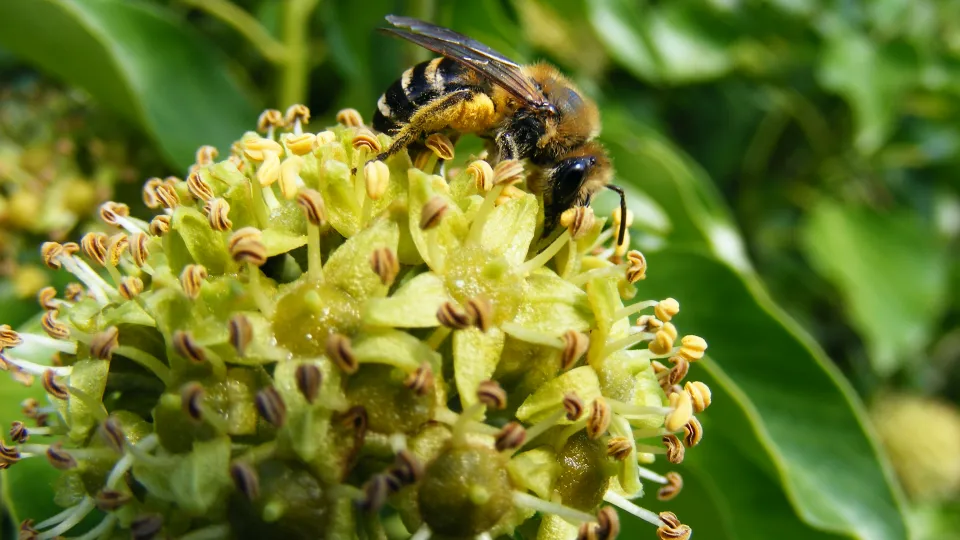
Ivy Bee
The Ivy Bee is a new arrival to the UK. First recorded here in 2001, it is slowly spreading north. It feeds exclusively on the nectar of Ivy flowers and can be seen in autumn when this plant is in bloom.

The Ivy Bee is a new arrival to the UK. First recorded here in 2001, it is slowly spreading north. It feeds exclusively on the nectar of Ivy flowers and can be seen in autumn when this plant is in bloom.
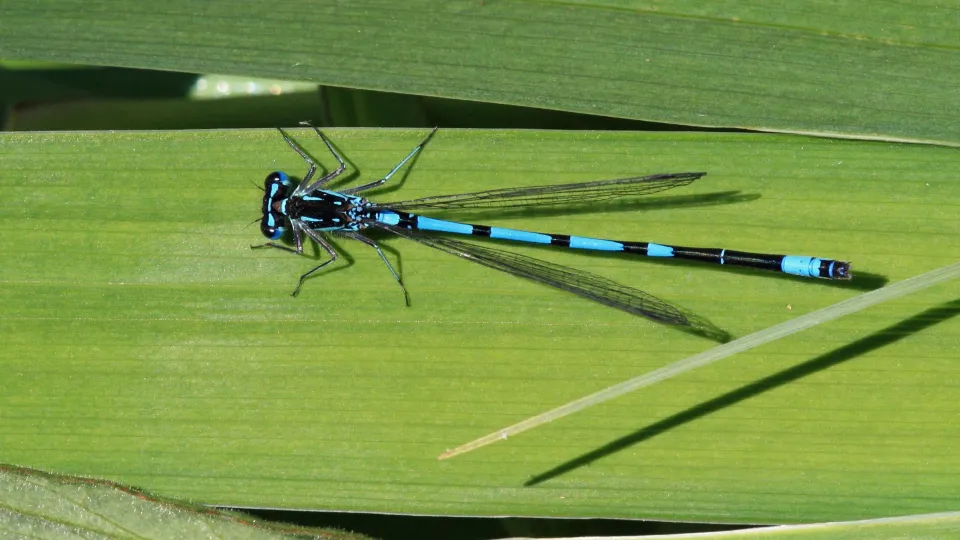
The variable damselfly looks a lot like the azure damselfly, but is much less common throughout most of the UK.
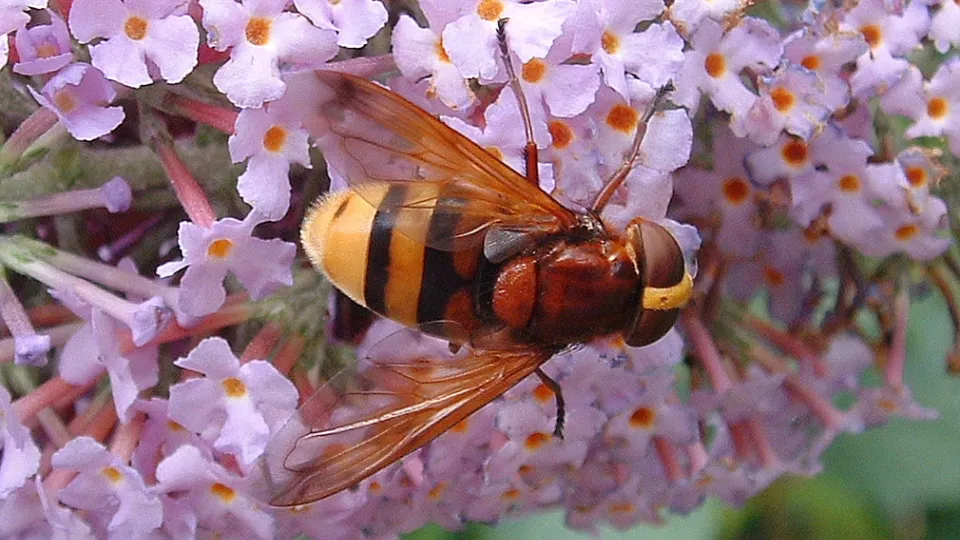
With black-and-yellow markings, the hornet mimic hoverfly looks like its namesake, but is harmless to us. This mimicry helps to protect it from predators while it searches for nectar.
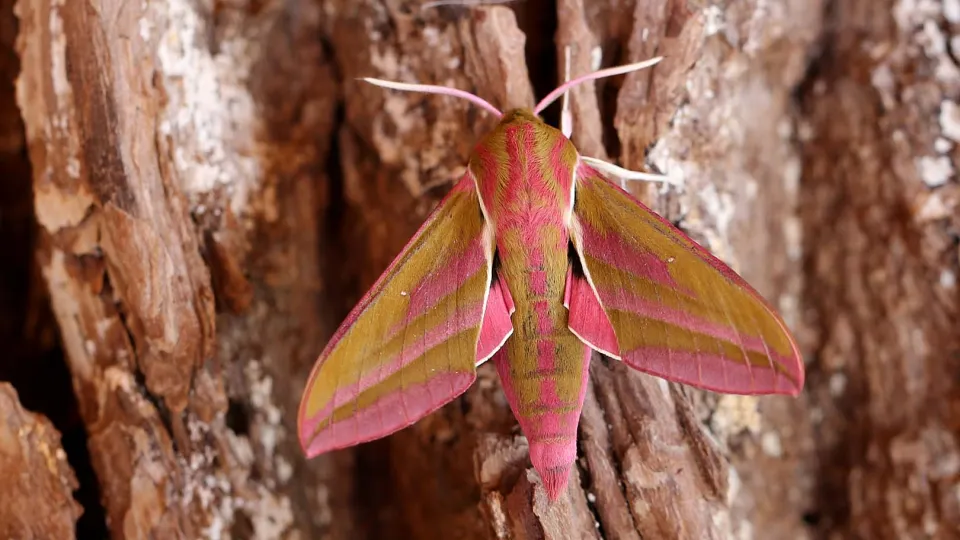
The elephant hawk-moth is a pretty, gold-and-pink moth that can be seen at dusk in gardens, parks, woods and grassy habitats. The caterpillars look like elephant's trunks and have eyespots to scare off predators.
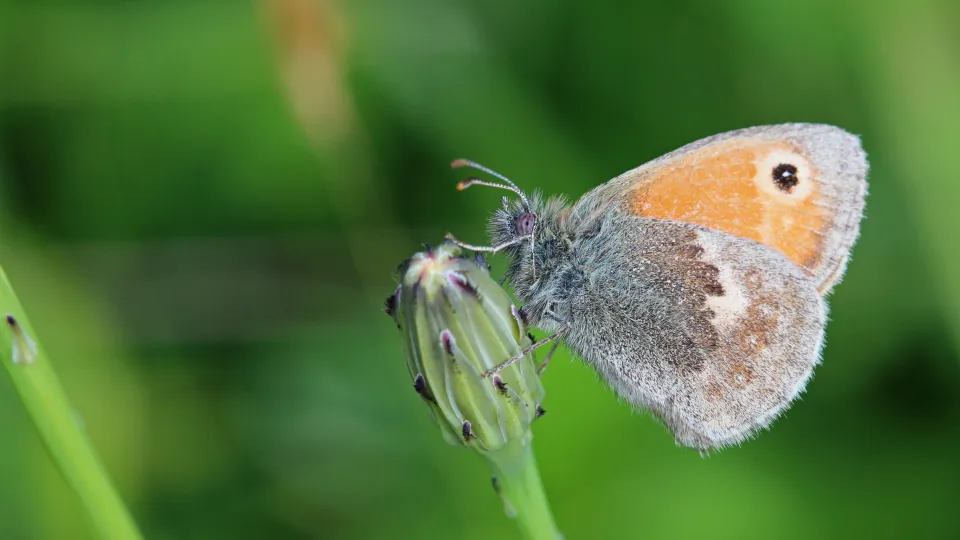
The small heath is the smallest of our brown butterflies and has a fluttering flight. It favours heathlands, as its name suggests, as well as other sunny habitats.
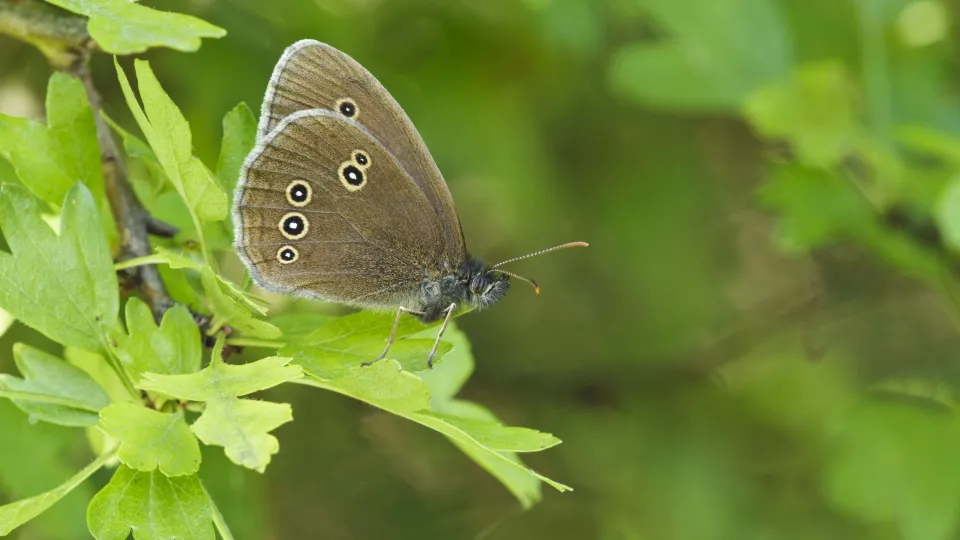
The ringlet gets its name from the small rings on the undersides of its wings. These rings show variation in the different forms of this species, even elongating into a teardrop shape.
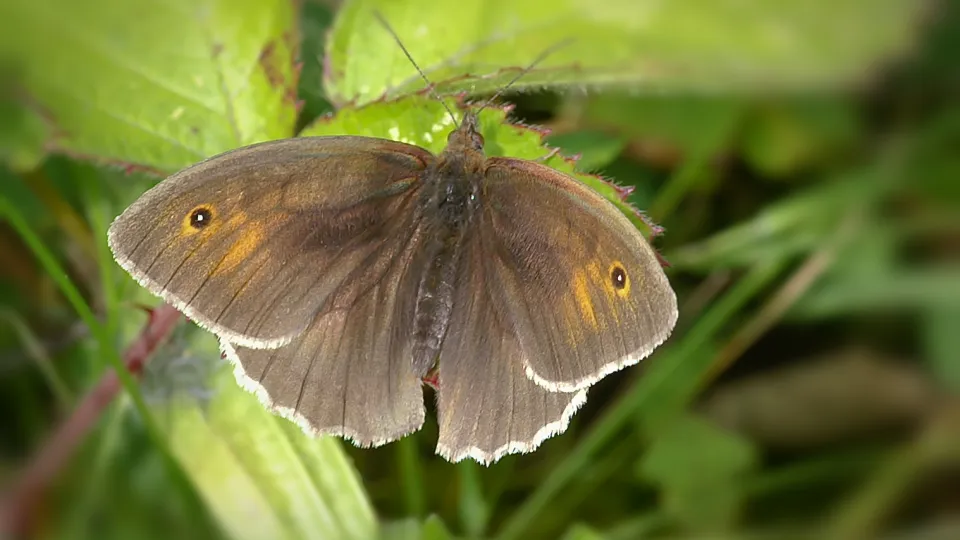
One of our most common butterflies, the meadow brown can be spotted on grasslands, and in gardens and parks, often in large numbers. There are four subspecies of meadow brown.
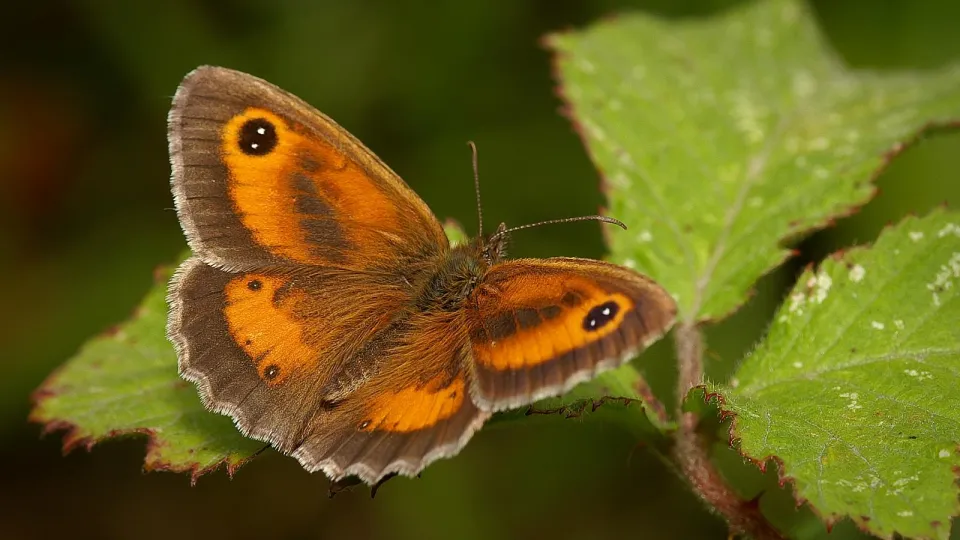
The gatekeeper is on the wing in summer on grasslands, in woodlands and along hedgerows. Look out for the large, distinctive eyespot with two 'pupils' on each forewing.
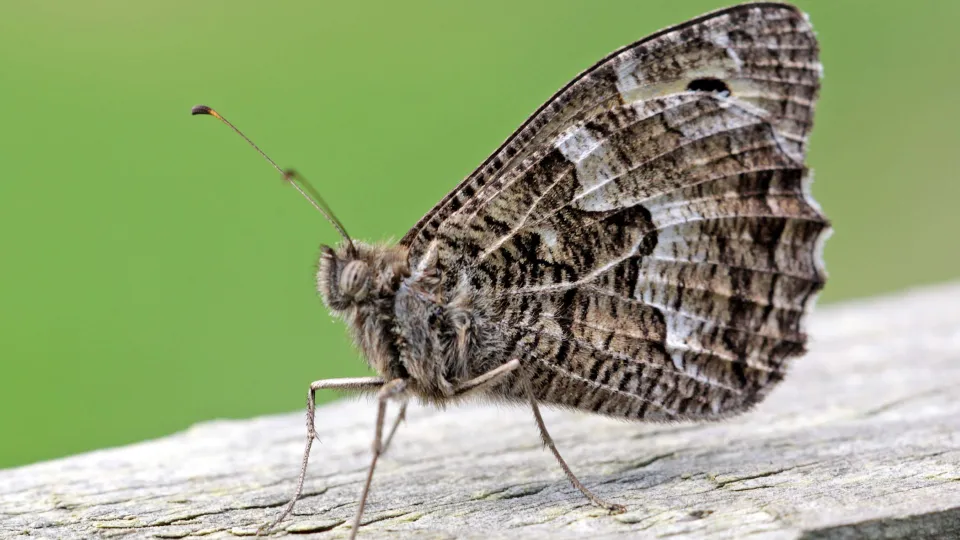
The grayling is one of our largest brown butterflies and a master of disguise - its cryptic colouring helps to camouflage it against bare earth and stones in its coastal habitats and on inland heathlands.
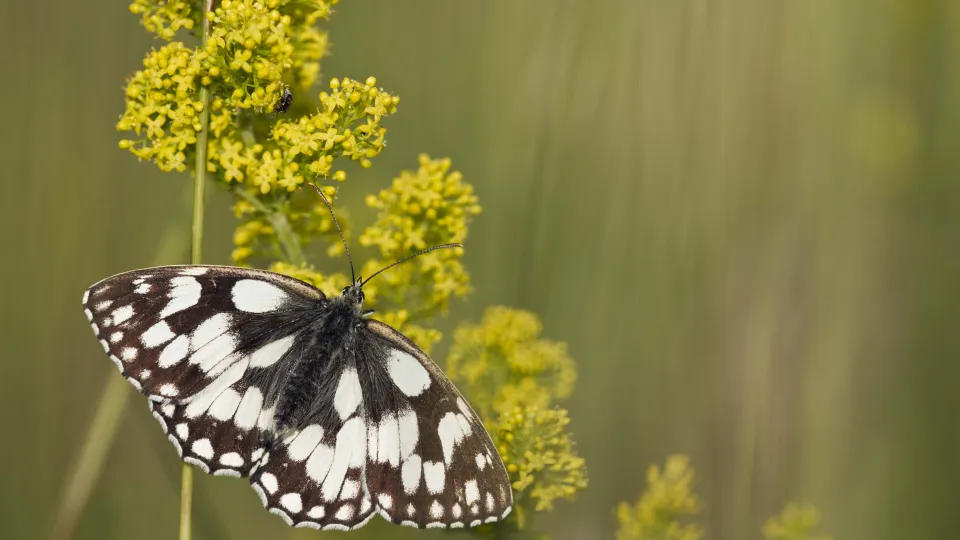
The striking black-and-white checks of the marbled white are unmistakeable. Watch out for it alighting on purple flowers, such as field scabious, on chalk and limestone grasslands and along woodland rides.